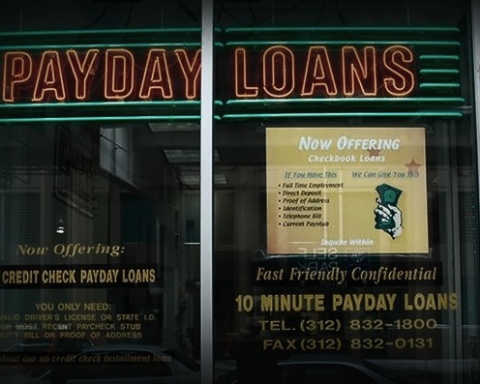Major strike activity in the US was at its lowest level last year since 2010, according to data released Wednesday by the Labor Department.
The Bureau of Labor Statistics report found that “major work stoppages”–strikes involving 1,000 or more workers–fell, and the impact of those actions dropped by all measures on an annual basis for the second consecutive year.
There were 11 major work stoppages recorded by BLS in 2014–down from 15 the year before and 11 in 2010.
Last year’s strikes involved roughly 34,000 employees and lasted the cumulative equivalent of 200,000 workdays. Both numbers are down from 2013, when 55,000 employees were on strike for the equivalent of 290,000 workdays.
In recent years, strike activity peaked in 2012–when roughly 148,000 workers walked picket lines in 19 major actions that cost employers more than 1.1 million workdays–and hit a low point in 2009, when only five major work stoppages were recorded involving 13,000 laborers and 124,000 workdays.
The largest strike noted by BLS last year was a two-day California action in November against bosses at Kaiser Permanente and Sutter Hospitals. It involved 19,000 members of the California Nurses Association and National Nurses United.
The stoppage involving the largest amount of lost workdays was a New England action organized by the International Brotherhood of Electrical Workers and the Communications Workers of America against FairPoint Communications. That strike started in October and is ongoing. BLS, in its annual report released Wednesday, said that it has thus far cost FairPoint and its workers more than 86,700 in idle days–almost half the total of all workdays lost in major strike actions last year.
One reason why strike activity might, generally speaking, be down over the past two years is marginal improvement in worker compensation. The average inflation-adjusted wage for non-supervisory workers has increased after declining in 2011 and 2012, according to BLS. In those years, it fell by 1.5 percent and 0.62 percent. In 2013 and 2014, the measurement of rank-and-file workers’ real wage growth increased by 0.69 and 0.82 percent.
Since BLS started tracking “major strike actions” in 1947, both the annual number of work stoppages involving more than 1,000 workers and the number of employees on strike peaked in 1952 at 470 actions involving more than 2.7 million laborers. The annual number of workdays lost to strike action peaked in 1959, at 60.8 million.






